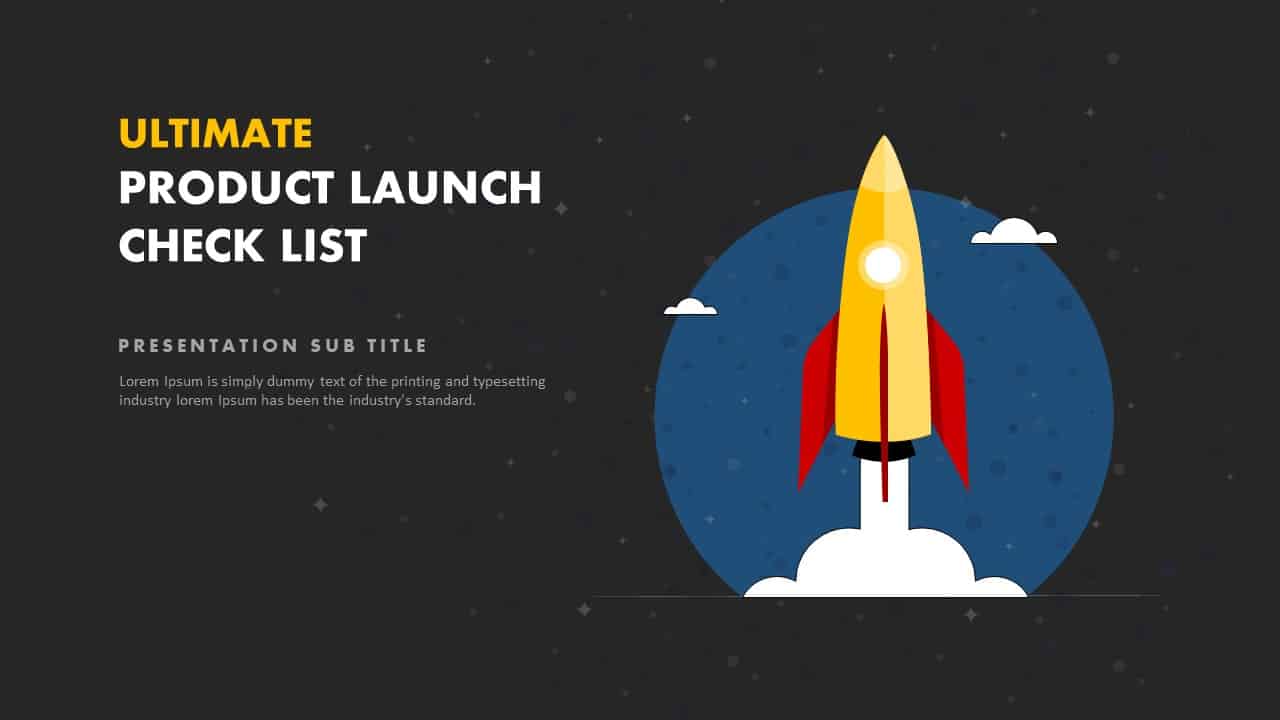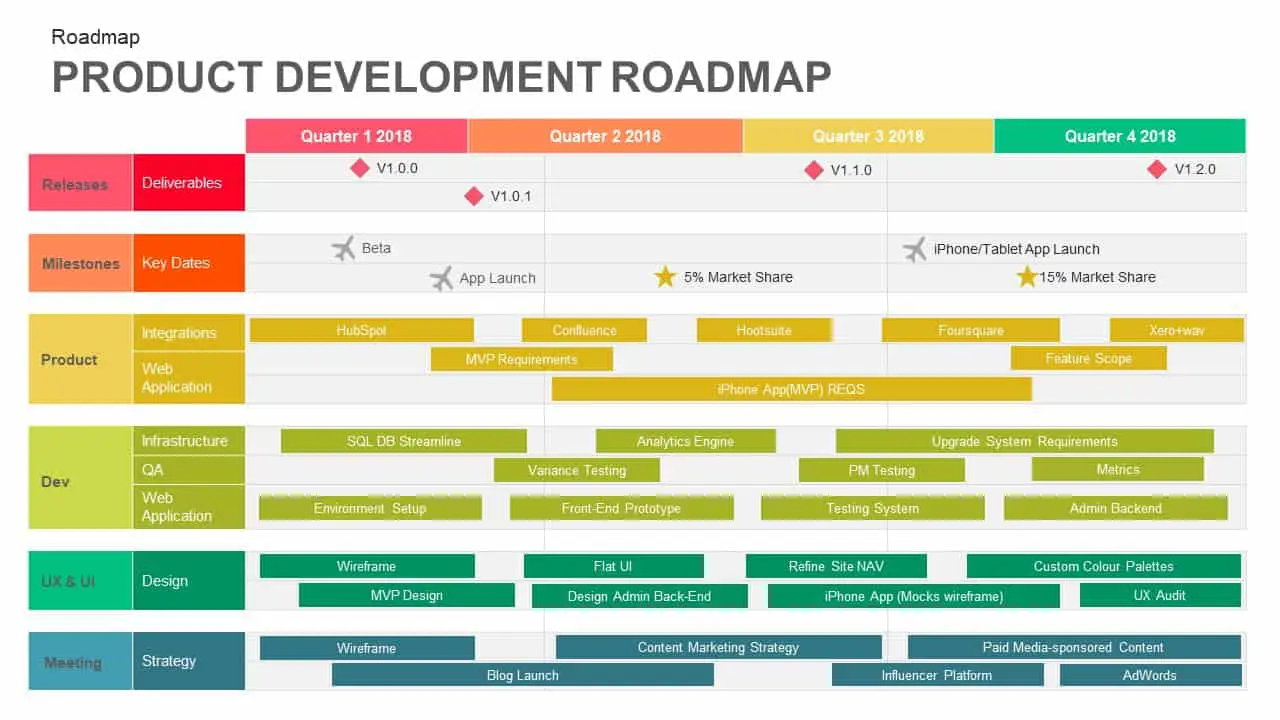Product launch process – An overview

Launching a product needs extra vigilance and excellent market observation. Businesses need product-based strategies and plans when they going to launch a new product. The product launch process is a step by step process that includes focused approaches related to a particular market with a particular product. If companies are failed to launch their product properly, it will be difficult to generate revenues, grow, or even survive. Today, companies seem to be very vigilant in the case of product launch.
Product launch process needs careful planning and has to be carried out methodically to ensure that customers accept the product positively. When preparing for launch, make your platform steady and go for the launch. The platform making process requires market research and ensures that your product is a unique one. If your product is an ordinary one or it is profusely available in the market, it might be difficult to get a place.
So, product launch requires earlier planning and designing, based on the type of product, industry type, return on investment, expected challenges and threats etc. it is also determined by the type of product launch i.e. soft launch or hard launch. With today’s vibrant economy and the forces to be more competitive and profitable, solid launch processes are even more serious. Anyway, it requires a thorough study of effectively capturing a customer.
Product launch process begins with the product idea and end with the product launch. It indicates when you thinking of a product, you are framing the strategies of your product launch. Before introducing your product into the market, you have to list questions that give a clear answer, whether your product has a place in the market or customers are expecting such a product.
Literally, product launching process is starting with these questions.
♦ Does the market need my product?
♦ Is the product having any unique qualities when compared with similar products?
♦ What are the unique selling points?
♦ Is the competitor having any additional features when comparing with my product?
♦ Is pricing affordable and what is the expected ROI?
♦ Who are my target customers?
Talking to your industry colleagues and customers will be given a partial idea to evaluate the value and the market potential of your product. In the above-said questionnaire, the first question will give an answer to your product idea. If people don’t want your product, there is no need to go forward with that product. So, without a need assessment study, you can’t be successful in the market.
Businesses often make the mistake of presenting new products to customers without sufficient research or strategic planning. Today’s consumers demand products that please them on many levels including quality, price, status and purpose. Organize a new product launch strategy for the best chance of success with your new product.

use product development PowerPoint to present the stages of product development
The main purpose of a product launch is business growth. Businesses must master the concept and process of a product launch to allow growth by successfully introducing new products into the market. Product launches shape sales and revenue through the expansion of the customer base. By introducing new products, a business can target previously unexploited customer markets. The resulting growth lets businesses to hire additional sales and support staff.
A product launch strategy describes several stages of the launch including development, external testing, internal testing, need assessment, positioning, objective and goal setting, excitement building and possibilities of market penetrating. The design team must develop a product that fits a customer need and works to achieve this need reliably.
Product launching process with phases
Product launching contains three main phases of the process with several steps: these steps are listed below:
1. Data gathering and analysis phase:
• Product Definition
• Strategic Objectives
• The Customer
• Market Analysis
• Competition
• Distribution Plan
2. Market strategy and development phase
• Market Strategy
• Message Development
• External Marketing
• PR and Advertising
• Internal Marketing
• Marketing Plan
3. Launch Planning and Implementation Phase:
• Planning Process
• Launch Team
• Launch Schedule
• Launch Budget
• Launch Plan
• Launch Implementation
When you decided to design a new product, you have to imagine its launching process. The first phase of the launch process is the Data Gathering and Analysis Phase, and the first jobs are to measure what is being launched and how much of the work has been done so far. Sometimes the early analysis and plan have already been done as part of a ‘marketing necessities’ file before the product was established and may just need to be modernized. It’s vital to develop a crisp and complete description of the product or service being implemented, and then the rest of the steps can activate: the strategic objectives; examining and typifying the customer and market; a thorough competitive analysis; and developing a distribution plan.
From the results of the competitive analysis and the customer features, the overall market strategy, positioning statements and a hierarchy of key messages are settled. The next step is classifying the right marketing programs and venues for getting the target customer and convincing them to buy the product or service. Marketing development phase includes External and Internal Marketing, PR and Advertising. All of the results of the first two phases are captured in the marketing plan, along with a description that ties everything together and tells a story. This strategy is not only useful for the launch team to use as a guide during launch, but it is also a very useful report to share with outside dealers who may be helping with the launch, such as website designers or advertising agencies.
The launch plan is a document for project management. The first section of this plan consists of dealing with the resources (the launch team and other human resources) to the launch deliverables (the marketing programs recognized in the marketing plan). This is apprehended in a spreadsheet called the ‘resource allocation’. The second key part of the plan is the schedule. There are two parts. The first is a one-page launch timeline, that displays the key launch deliverables (marketing programs) and who will be doing them plotted along a timeline defined by weeks before the launch date. The other part is a comprehensive schedule that shows the due dates for all deliverables, the intersections, and the precise order in which they will be done.
Product developers or company managers can use product launch roadmap timelines to further clarify their product launch strategies with the stakeholder and team members. PowerPoint presentation on these grounds will ease the viewers to understand the product launch process.


